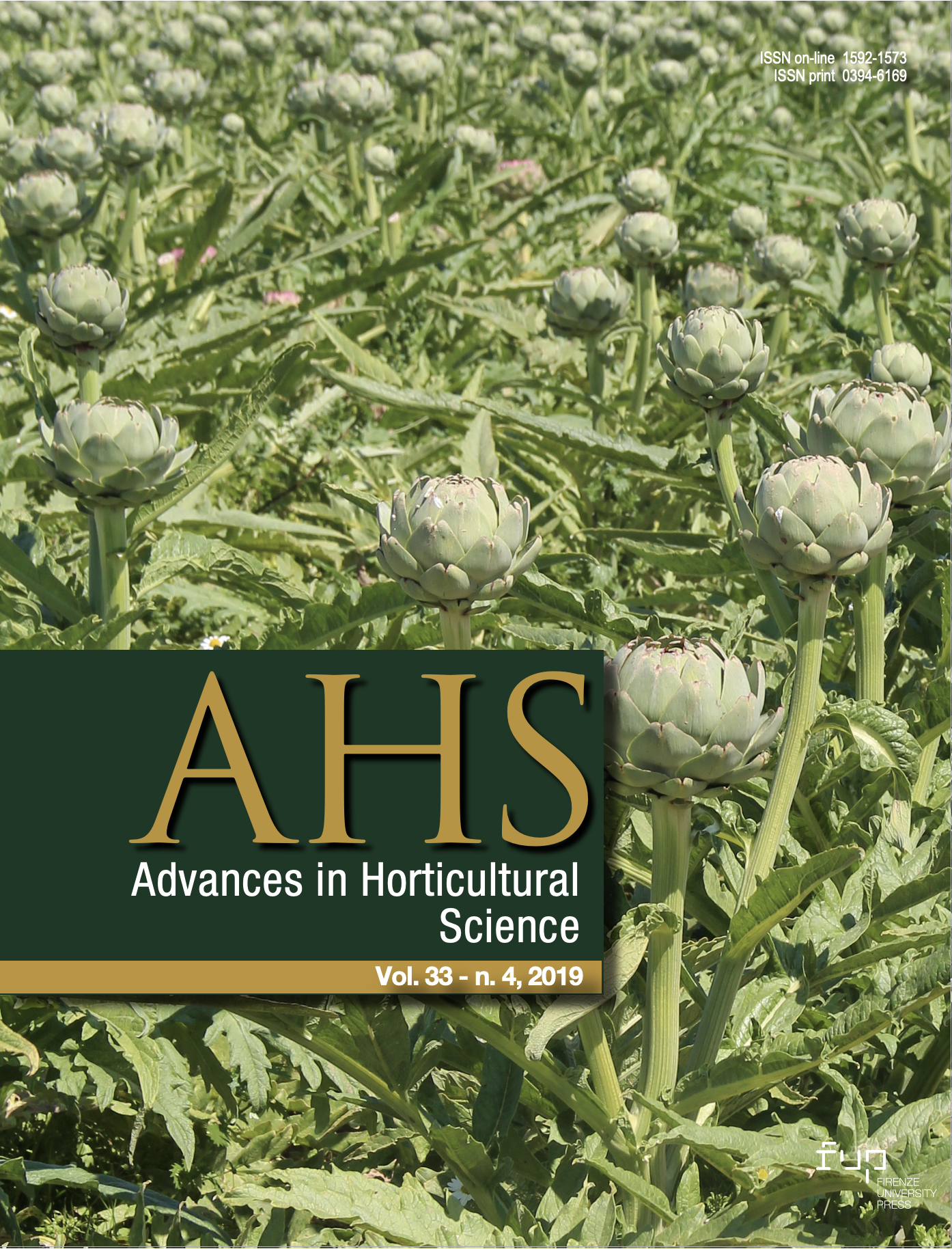Published 2020-02-26
Keywords
- anthesis,
- fruit set,
- fruit trait,
- kiwifruit,
- pollination
How to Cite
Abstract
Pollination is crucial for producing marketable kiwifruit, and increasing revenue of growers. The objectives of this research were to determine the effective pollination period (EPP) of ‘Hayward’ (A. deliciosa A. Chev. C.F. Liang & A.R. Ferguson) and to determine fruit characteristics in relation to the time of pollination. Hayward kiwifruit showed no significant decrement of fruit set and fruit weight within the 4-day and 2-day period, respectively, however, the mean weight of fruit was ≥ 85 g within 4-day. Fruit set was 100% when pollination was carried out during the first 3 days following anthesis. Fruit set decreased to 20.71% when flowers were pollinated 5 days after anthesis and were practically nil by 6 days after anthesis. Fruit weight and size were the highest on days 1-2 after anthesis and reduced for flowers pollinated 3-4 days after anthesis. The lowest fruit weight and seed weight and number were observed when pollination was done on day 5. Hayward kiwifruit showed no significant drop in fruit set within the 4-day period, and thus, appears to have an EPP equal 4 days after anthesis. Thus, efforts for producing good quality and of marketable size fruit should be concentrated within the first 4 days after anthesis.






